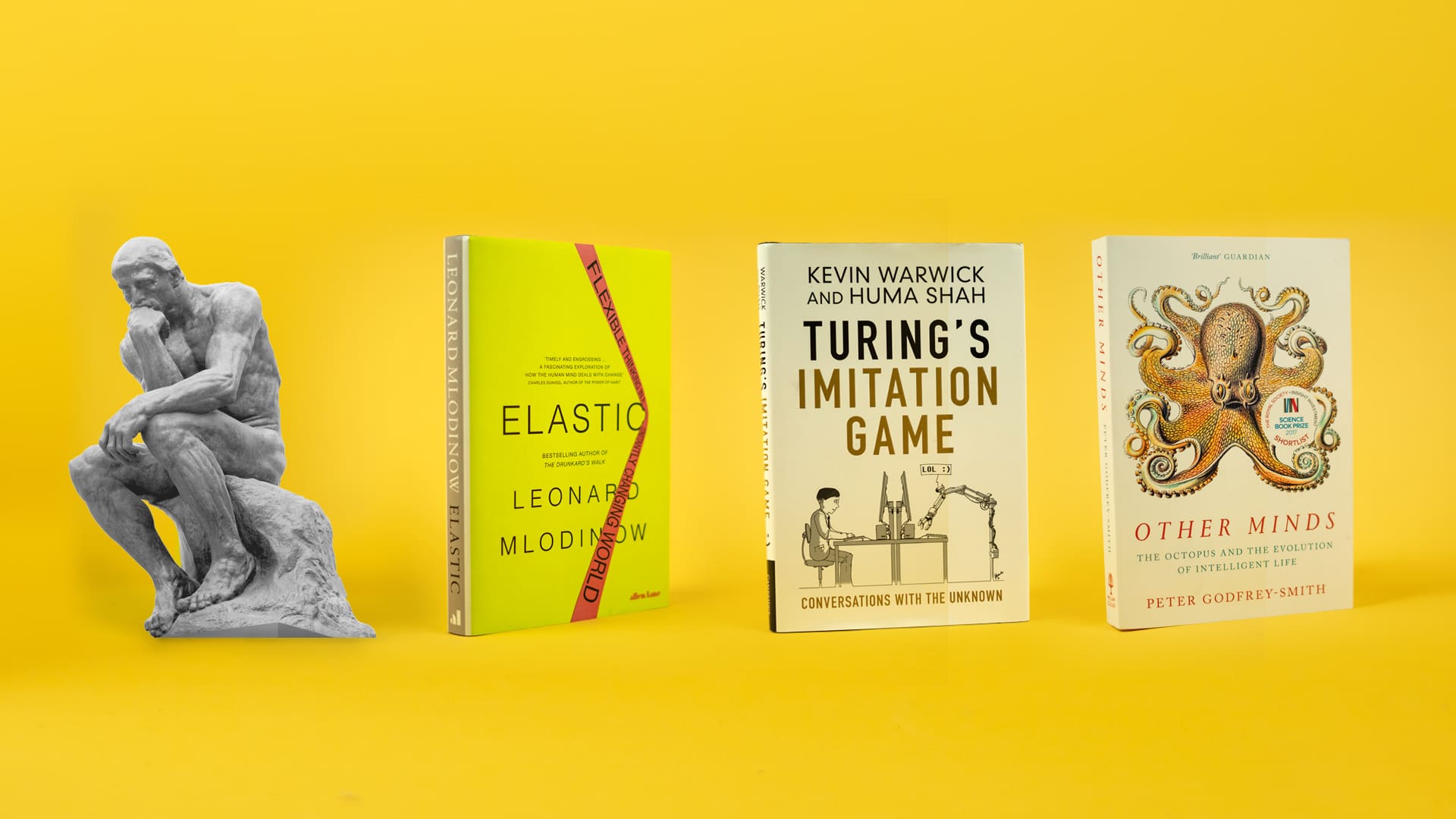“What do Pokemon Go and Mary Shelley’s Frankenstein have in common?
Why do some businesses survive and others fail at the first sign of change?
What gives the human brain the edge over computers?
The answer: Elastic Thinking”
– Elastic: Flexible Thinking in a Constantly Changing World, Leonard Mlodinow
In his recent book, Elastic: Flexible Thinking in a Constantly Changing World, Leonard Mlodinow posits that elastic thinking is what the world needs more than ever as change and challenge come at us from all directions. The book outlines three levels of thinking: scripted, analytical and elastic, and argues that elastic thinking is the most valuable. In the first part of this three-part blog series, we discussed scripted thinking and its limited use. Today we’ll take a look at analytical thinking.
Analytical thinking is a step-by-step approach where you move from one related thought to another based on facts or reason. Like scripted thinking, it proceeds in a linear fashion. Humans, animals and computers are all capable of analytical thinking like working out problems, analysing and basic logic. But what is the difference, for example, between humans and computers? This brings us to the pioneering work of Alan Turing. He is most famous for having been instrumental in solving the Enigma Code at Bletchley Park in World War II, a story recently dramatised in the Benedict Cumberbatch film The Imitation Game. Turing also created the Turing Test, which examines the difference between computers and humans. Turing linked his test to the very idea of what thinking is, not as a test for human level thinking in computers. The test is a demonstration that computers CAN think. He saw a clear distinction that while computers could not think like humans, they could still think in practical, unique ways.
Authors Kevin Warwick and Huma Shah took a fascinating look at why Turing invented this test in their book Turing’s Imitation Game. The book includes intriguing examples of actual test ‘conversations’ held with computers. Warwick and Shah highlight that there are three levels of Artificial Intelligence:
- Weak AI: a machine which appears to act as intelligent as human.
- Strong AI: a machine which can actually think and process like a human.
- Rational AI: a machine which can think in its own way.
Performing well in the Turing Test is a test of weak AI and does not mean a machine can think. It does demonstrate, though, that a computer can (in some moments anyway) mimic or appear to behave like a human. Going forward, many developers feel the Turing Test is a useful tool to examine the progress of AI. Others are concerned about AI taking over and replacing jobs; certainly scripted and even some analytical robots already have. The topic of artificial intelligence has been with us in pop culture for some time now- from HAL in 2001: A Space Odyssey, to Blade Runner and the fictionalised Voight-Kampff Test (surely inspired by the Turing Test), to The Terminator film series starring Arnold Schwarzenegger. In real life, today robots really are replacing humans in some areas: bank machines have replaced tellers, self-service checkouts are replacing employees, and drones can replace some pilots, just to name a few examples.
These may seem low level and even helpful to some, but as development continues, where does AI take us? Certainly many advancements have been made, but as we get deeper into some questionable territory, will there be a discipline engaged to only drive areas of AI that help and develop humanity without harming it? It remains to be seen where this science will take us, but we’re happy to be along for the ride.
In Part 3, we’ll look at elastic thinking and how this still is an area where humans excel and that computers cannot match- yet.





